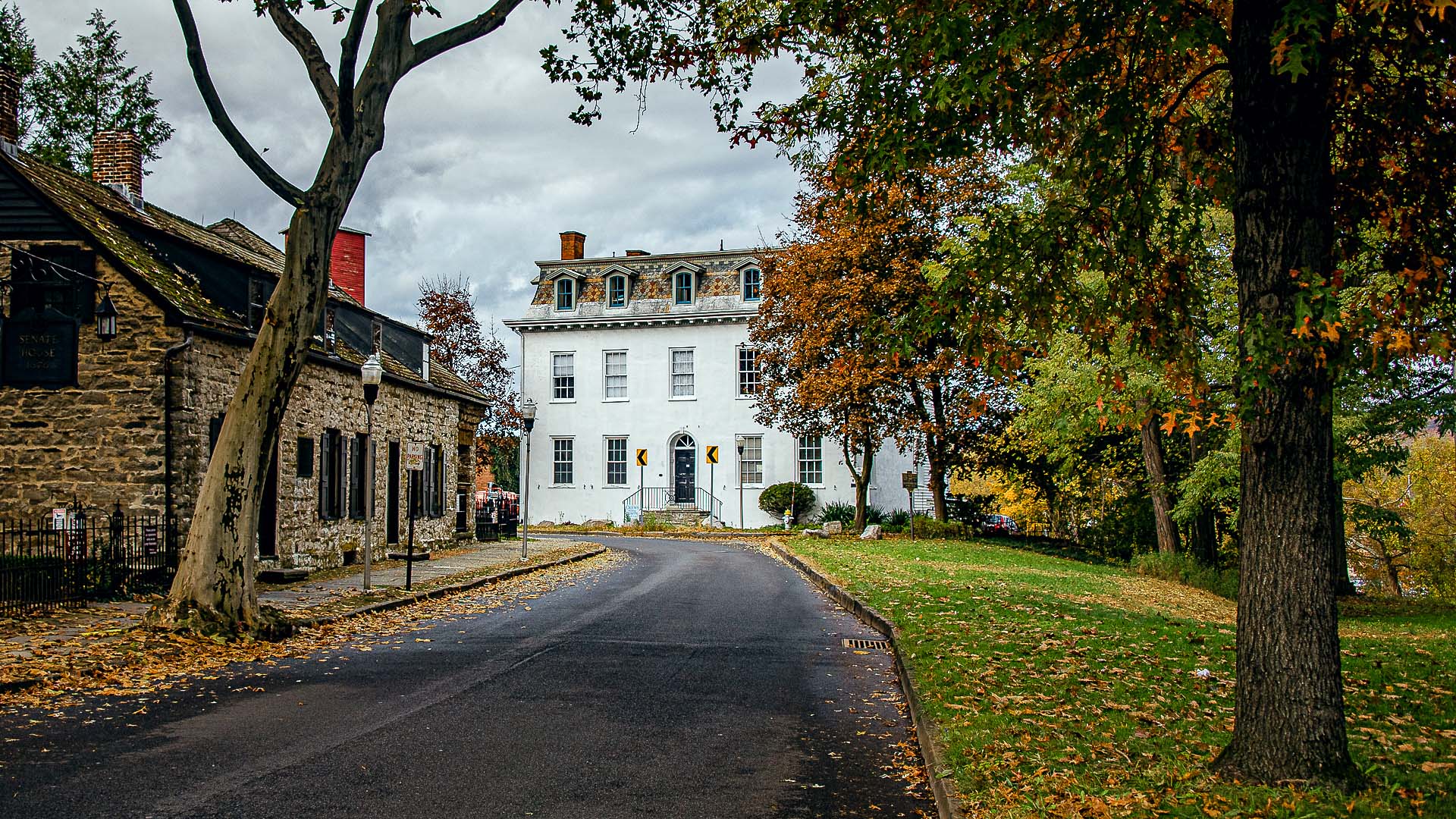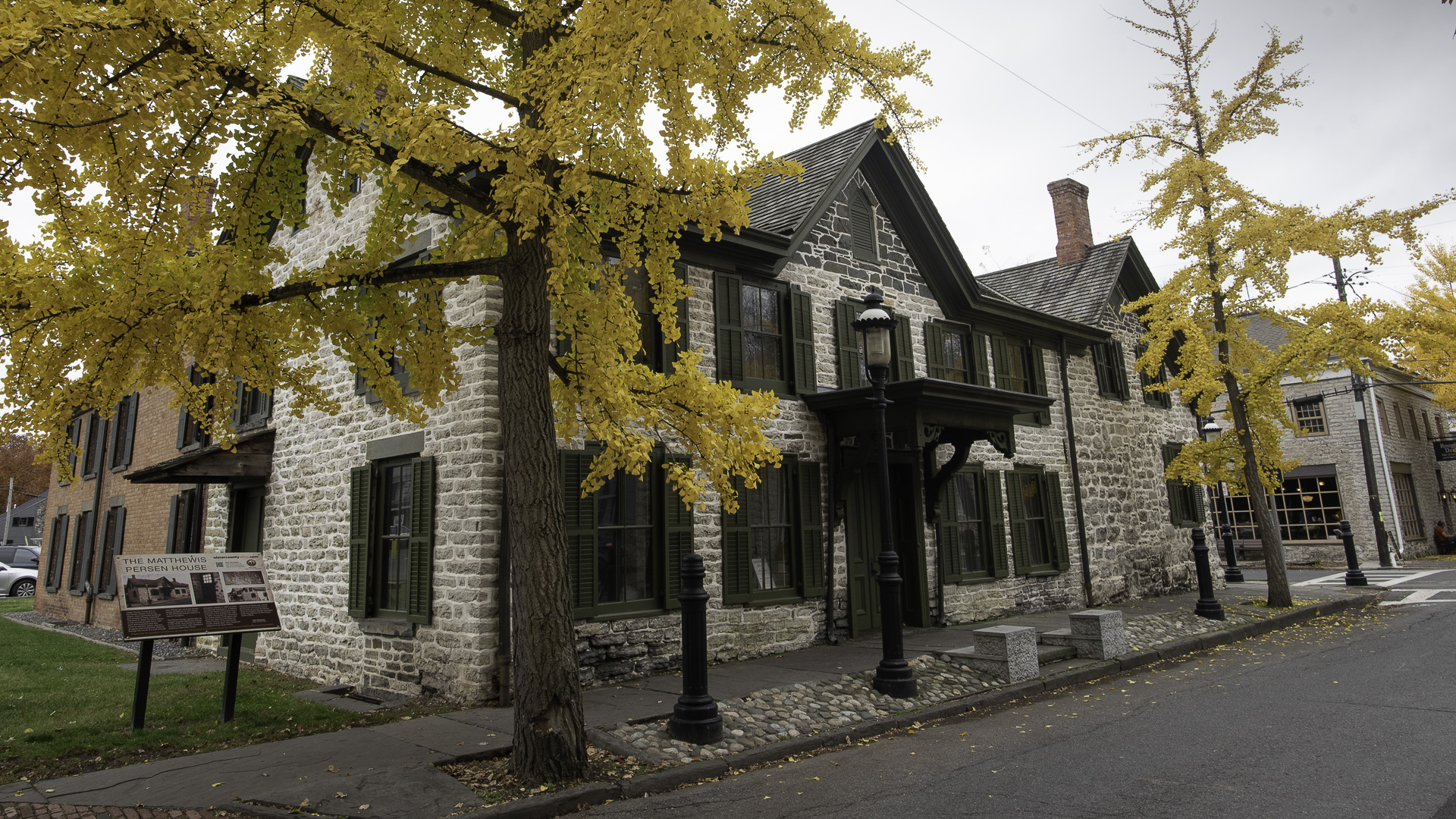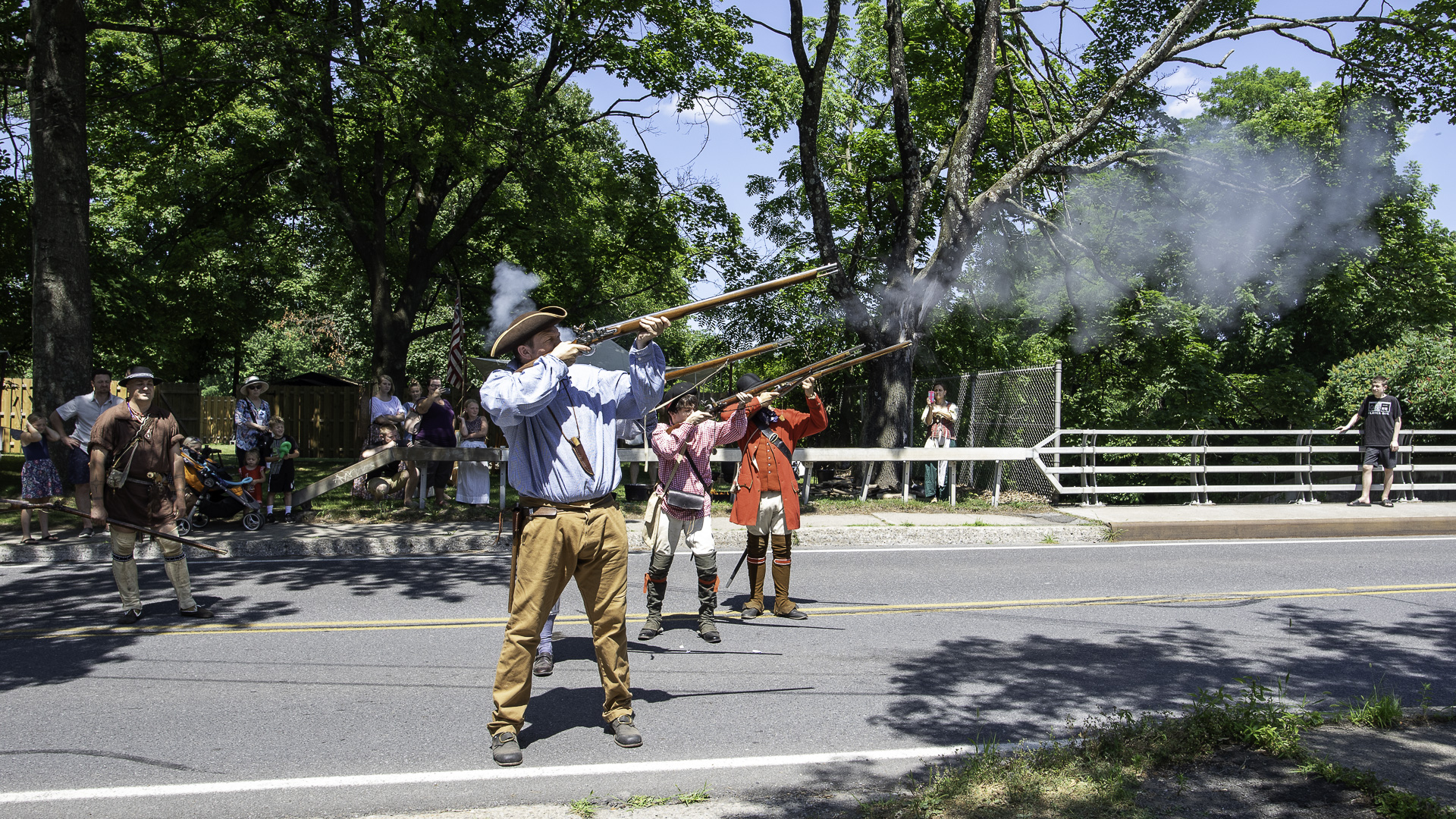Kingston, NY: A Tapestry of Colonial History
Nestled in the heart of New York, Kingston boasts a history that is both rich and multifaceted. Established by the Dutch in 1652 as Esopus, it underwent a name change to Wiltwyck in 1661. By 1669, the English, seeking to expand their colonial influence, seized control and christened it Kingston, drawing inspiration from the English family estate of Governor Francis Lovelace.
Strategically positioned at the juncture of the Hudson River and Rondout Creek, Kingston emerged as a pivotal trading hub during the colonial era. This prime location facilitated trade with Native American communities and European settlers alike. Beyond its trading prowess, Kingston was a hive of industrial activity, with shipbuilding, milling, and tanning operations dotting its landscape.
The American Revolution cast Kingston into the limelight. In 1777, it was honored as the inaugural capital of New York State. Yet, this distinction also made it a target; British forces set the city ablaze the same year. The resilient spirit of Kingston’s inhabitants shone through as they painstakingly rebuilt their beloved city.
Post-revolution, Kingston’s star continued to rise. The 19th century saw it transform into a manufacturing powerhouse and a nexus of commerce. Culturally, it was a beacon, housing esteemed institutions like the Kingston Academy and the Kingston Library.
Today, Kingston stands as a testament to its storied past. The Stockade District, a National Historic District, beckons history enthusiasts. Museums, art galleries, and theaters offer a rich tapestry of experiences throughout this historic city.
Kingston’s Colonial Timeline:
1652: Dutch settlers establish Esopus.
1658: Peter Stuyvesant commissions a protective stockade around Esopus.
1661: Esopus undergoes a renaming to become Wiltwyck.
1669: English forces annex Wiltwyck, rebranding it as Kingston.
1777: Kingston is designated the first capital of New York State.
1777: British troops raze Kingston.
1783: The curtains fall on the American Revolution.
19th Century: Kingston evolves into a manufacturing and commercial hub.
20th Century: Kingston’s growth trajectory continues unabated.
This video gives a great perspective of early Colonial times in the Kingston Area.
In retrospect, Kingston’s journey from a Dutch settlement to a vibrant, small city is nothing short of remarkable. Its pivotal role in American history is etched in its streets, buildings, and landmarks. Today, as Kingston evolves and deals with its challenges, it stands as a living monument to its rich heritage, a city that has seamlessly woven its past into the fabric of its present.
Articles About History of the Kingston Area
Click here to add your own text






Reher Center Hosts Sustainable Fashion Event, Promotes Clothing Donations
/in Featured, History, News /byOn Saturday, August 20, Rondout’s Reher Center will celebrate sustainable fashion with an afternoon of free programming. The latest in a season of exciting community offerings, this event will feature workshops, hands-on activities for families, and access to the popular Sewing in Kingston exhibition. Visitors are also encouraged to bring lightly-worn clothing and shoes that […]
Ulster County Handspinners Guild Visits the Matthewis Persen House
/in Featured, History, News /byUlster County Clerk Nina Postupack is pleased to welcome the Ulster County Handspinners Guild to the Matthewis Persen House on Saturday, August 20th from 10:00 am to 2:00 pm. The house is located at 74 John Street in uptown Kingston, at the historic intersection of John and Crown Streets. Admission is free and all are welcome. This Saturday, […]
Historic Brickyard to Re-Open as Mega Tatoo Parlor
/in History /byLorem ipsum dolor sit amet, consectetur adipiscing elit. Etiam quis mi blandit, finibus neque ac, condimentum dolor. Duis ut eleifend velit, eget sodales ipsum. Mauris ultrices eros eu porta dapibus. Sed nec vestibulum leo, in tincidunt mauris. Nunc vestibulum ac sapien in faucibus. Sed vel nulla congue risus iaculis imperdiet sit amet a lectus. Phasellus […]